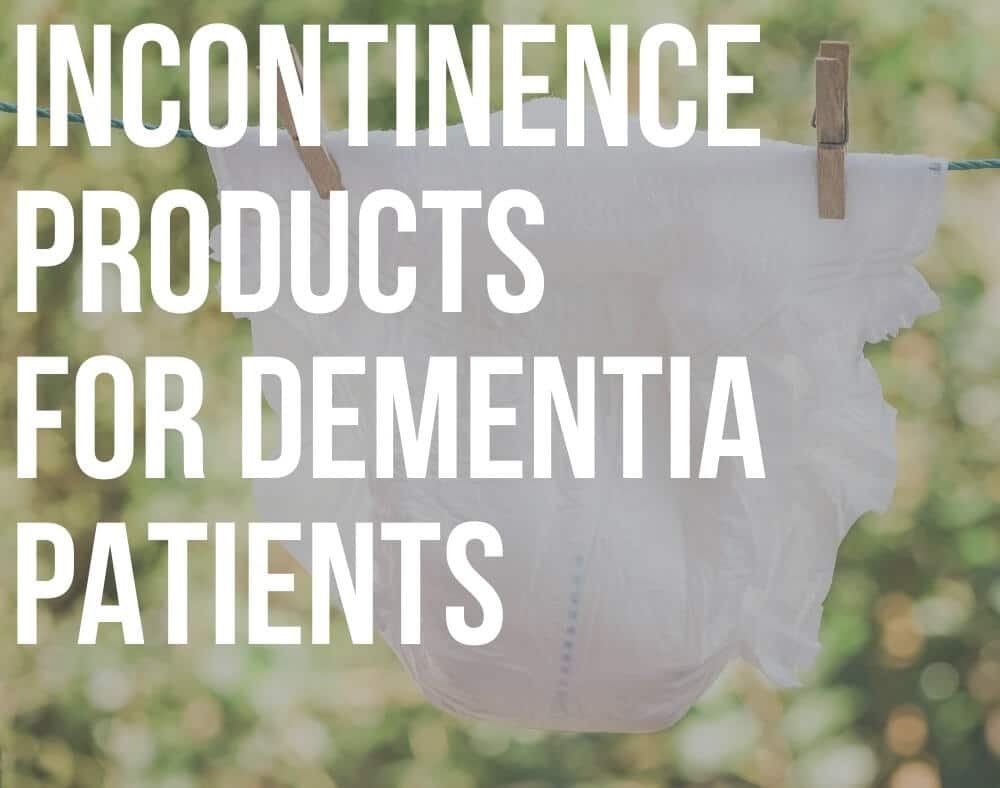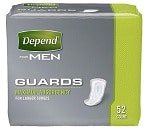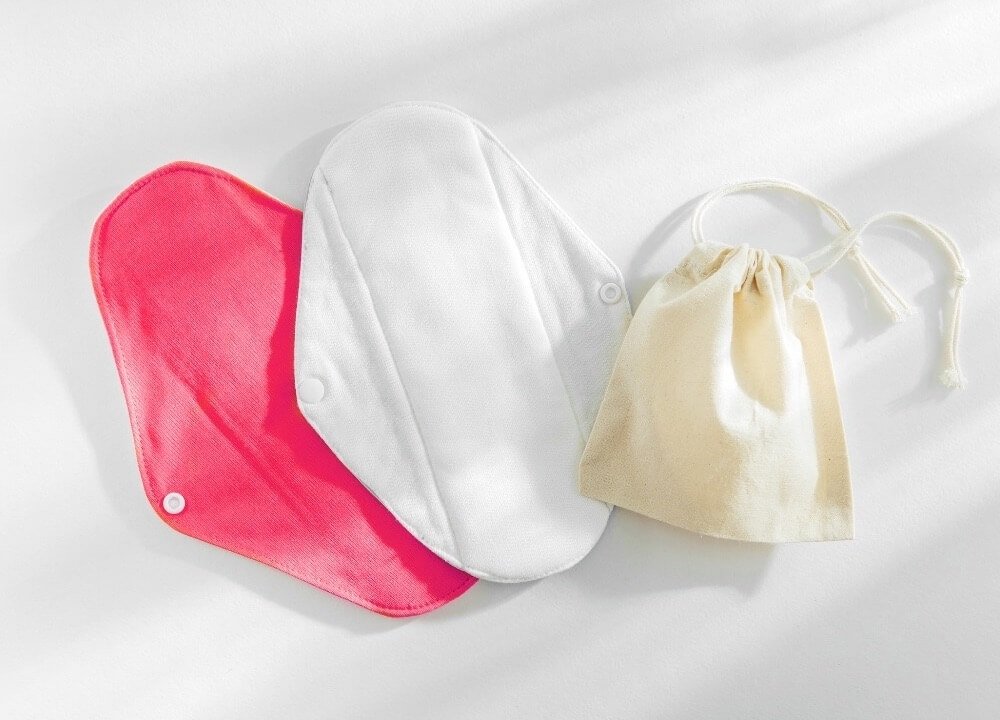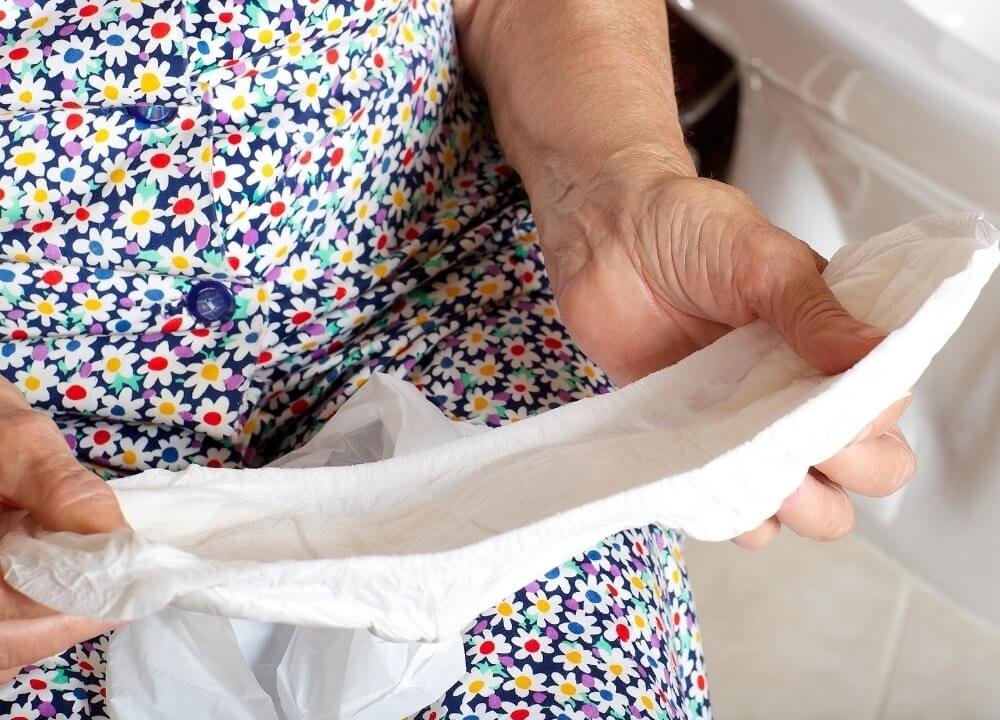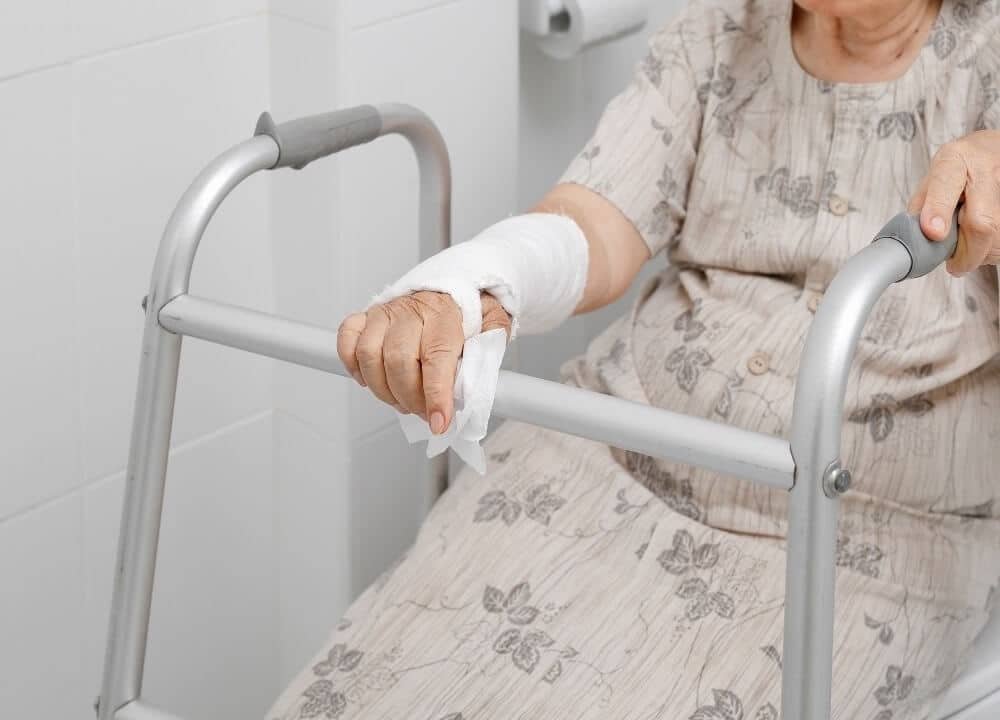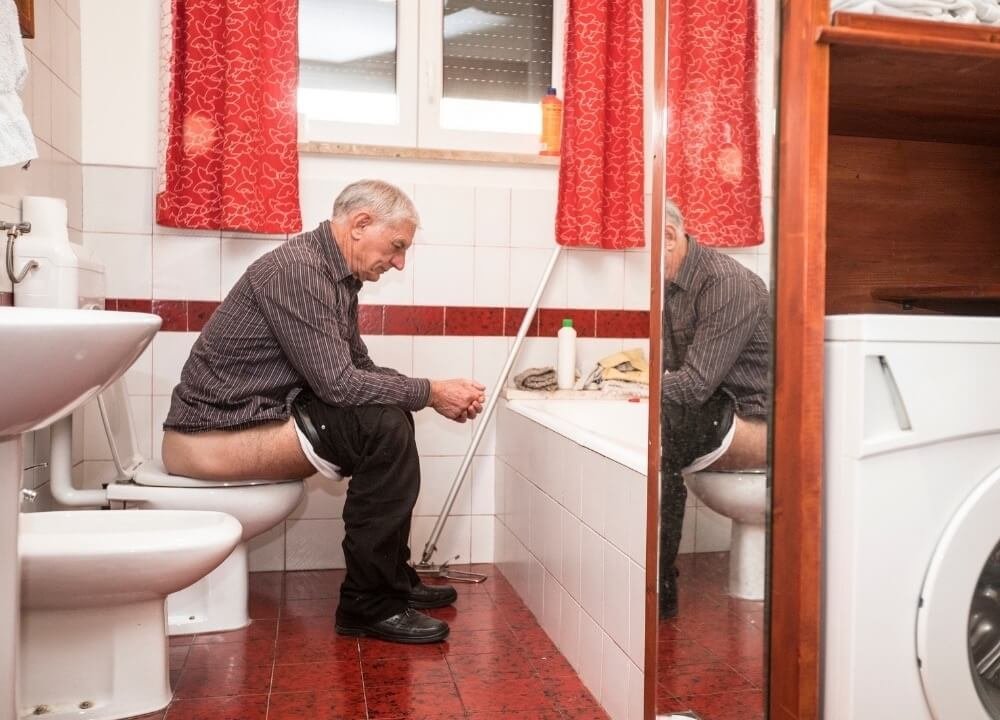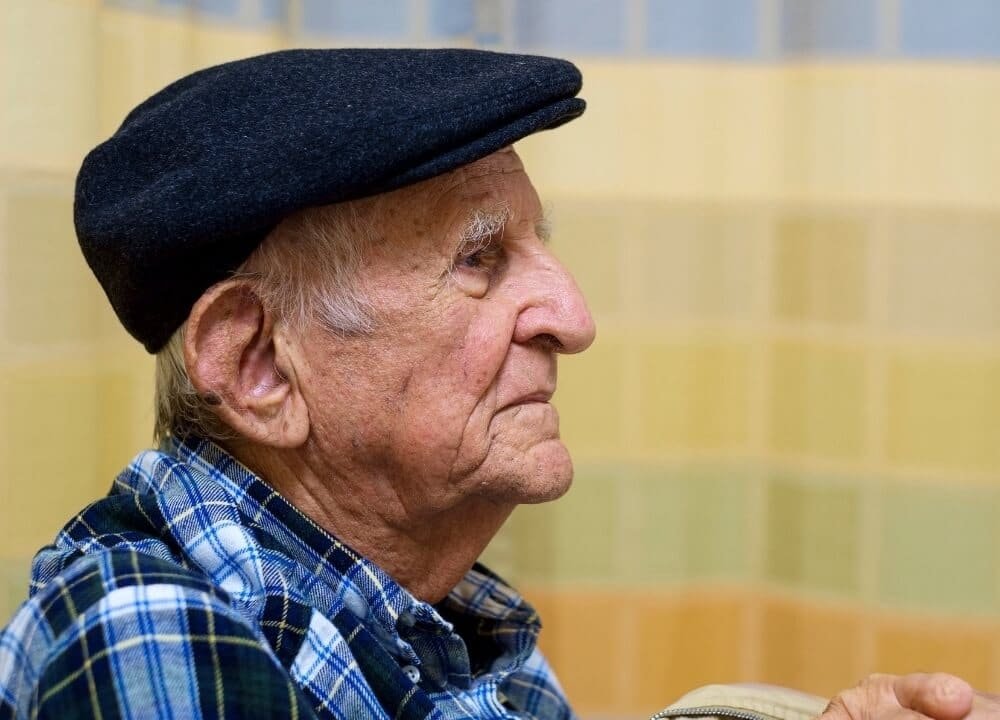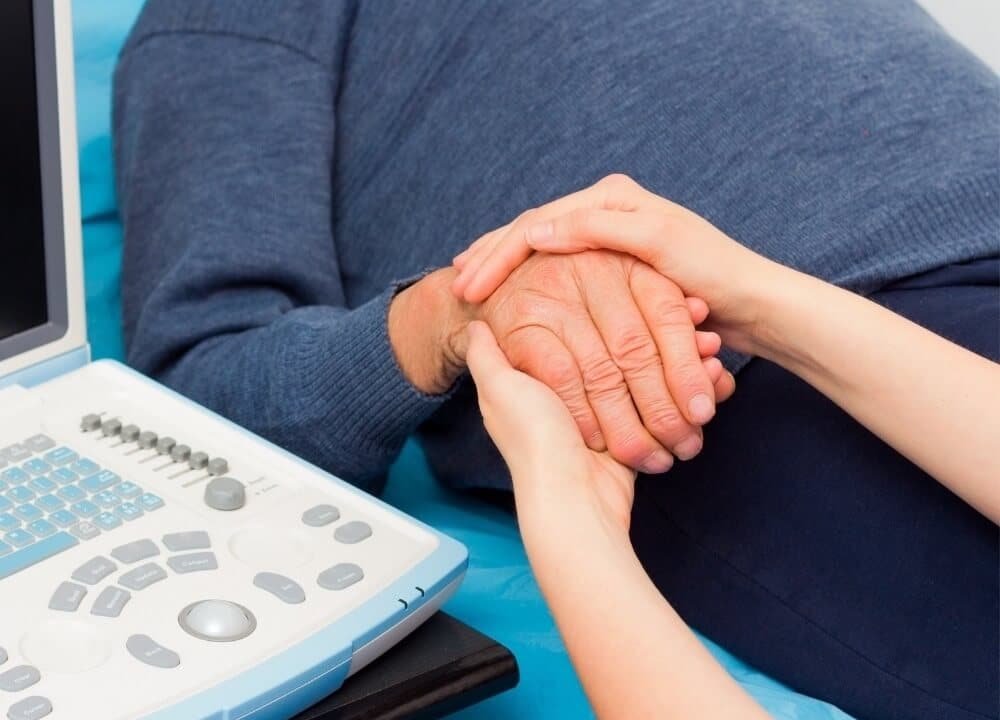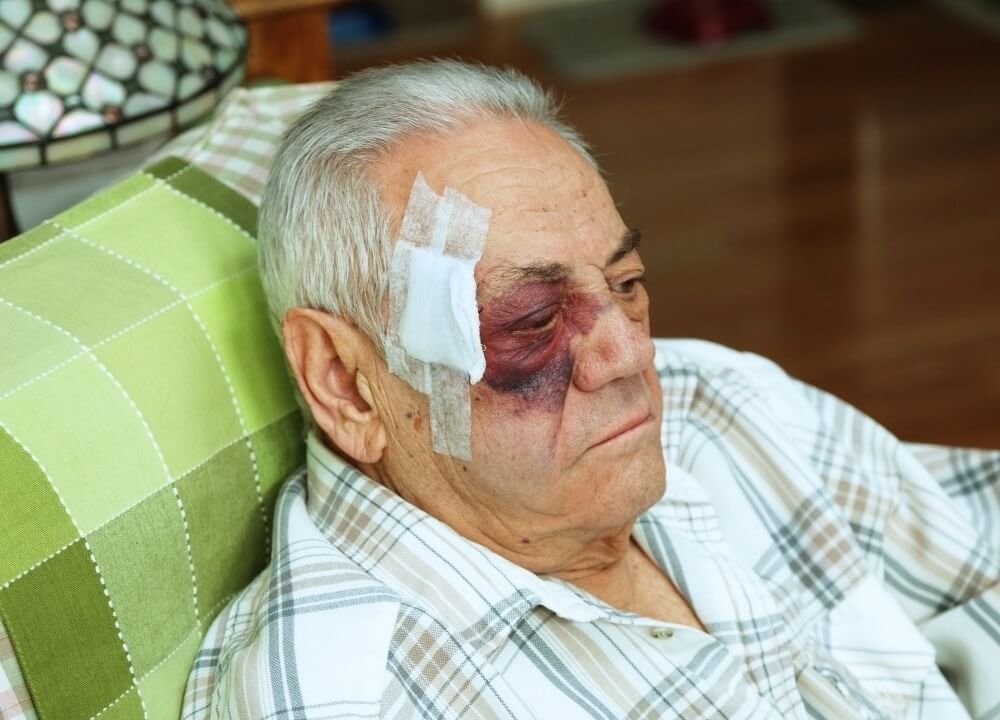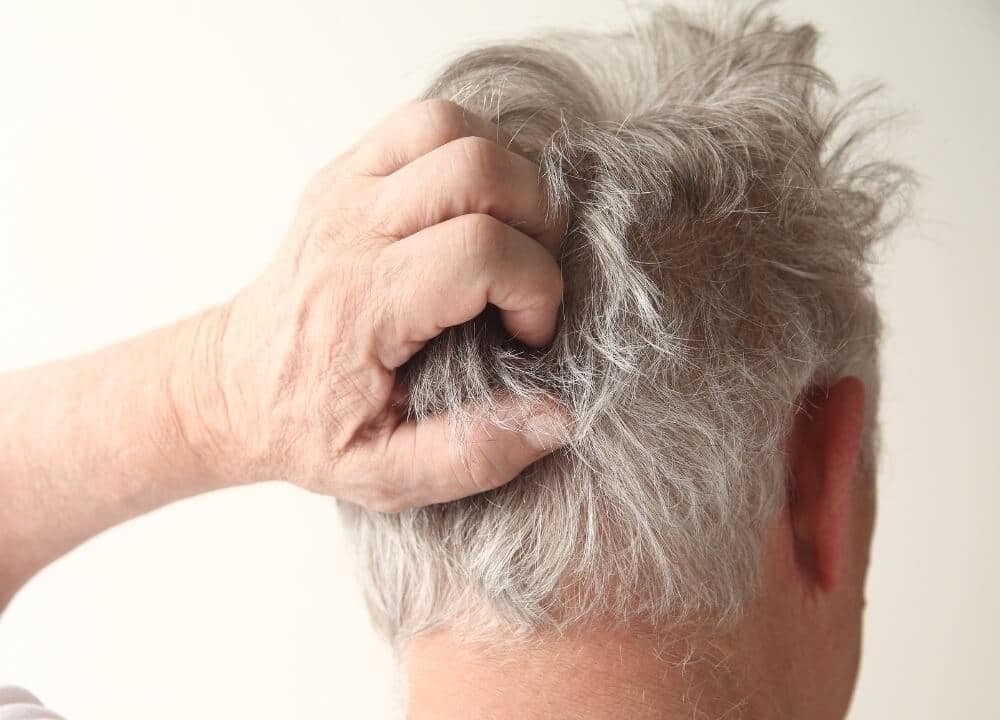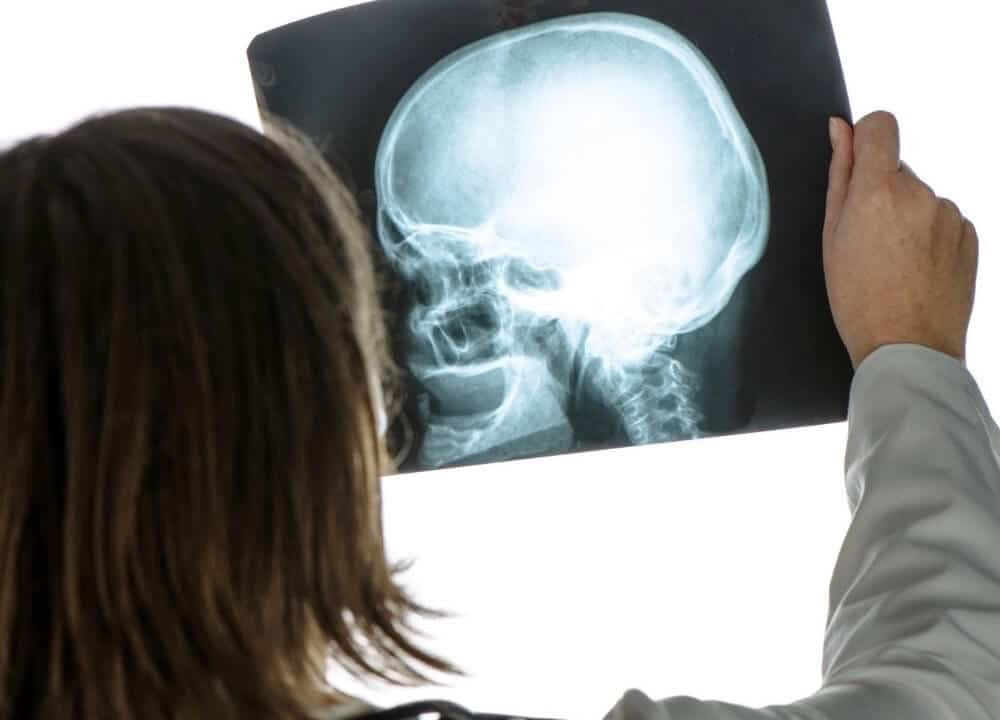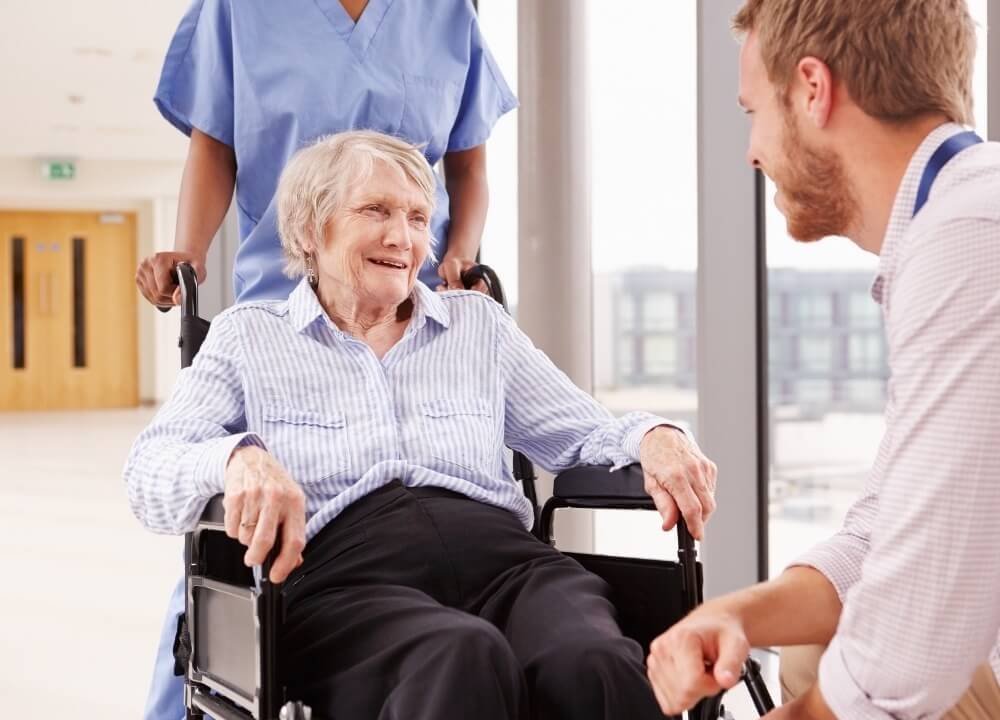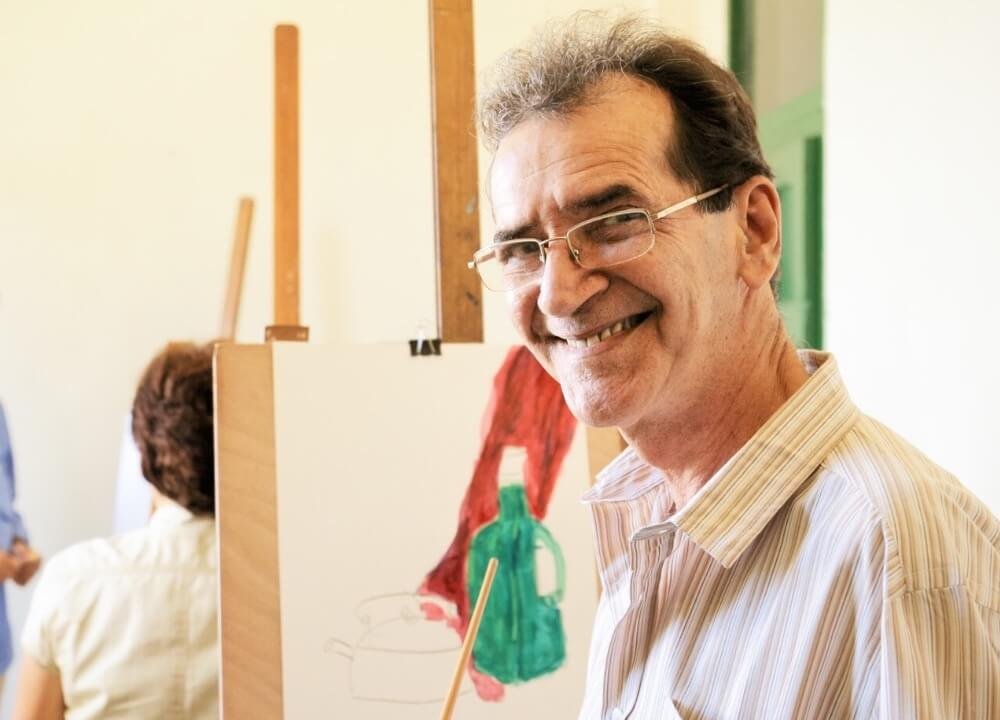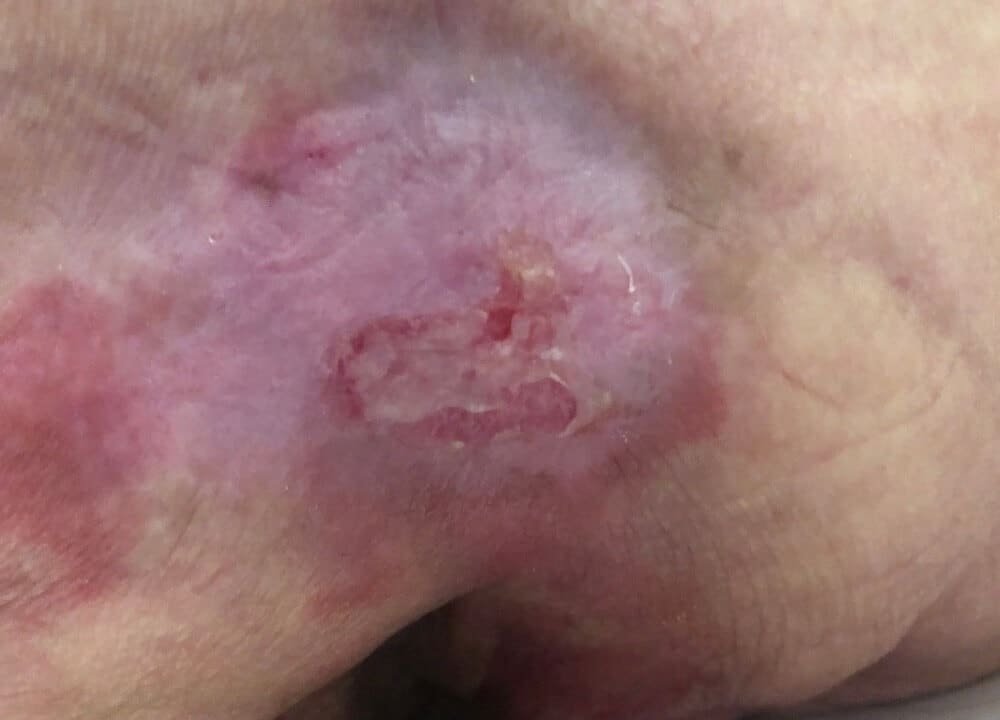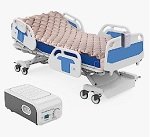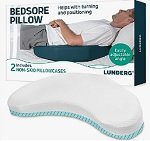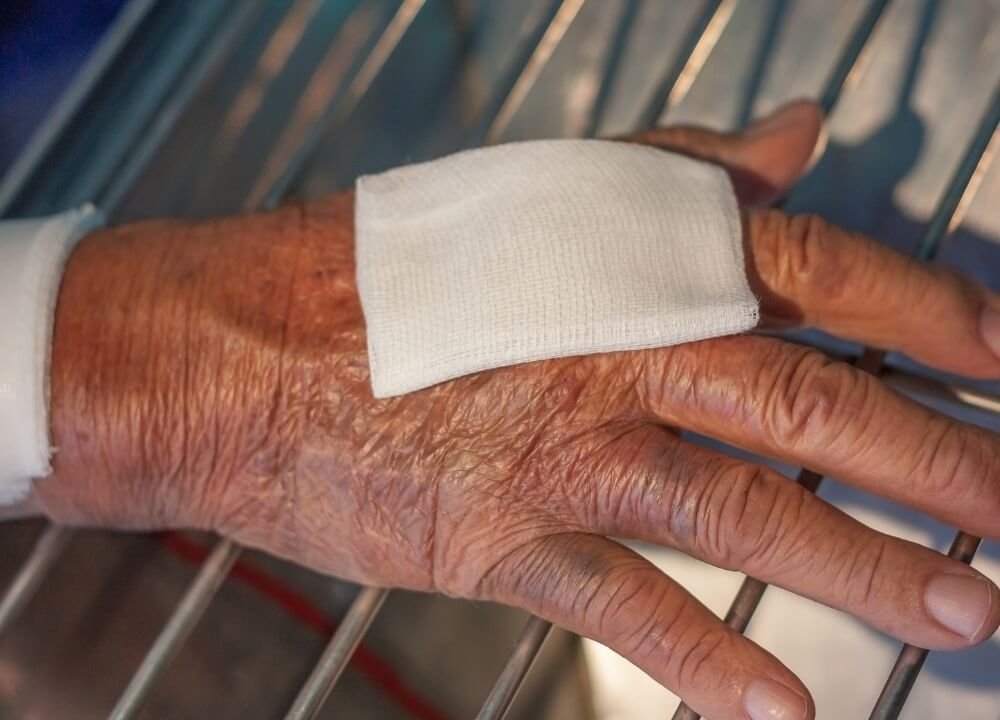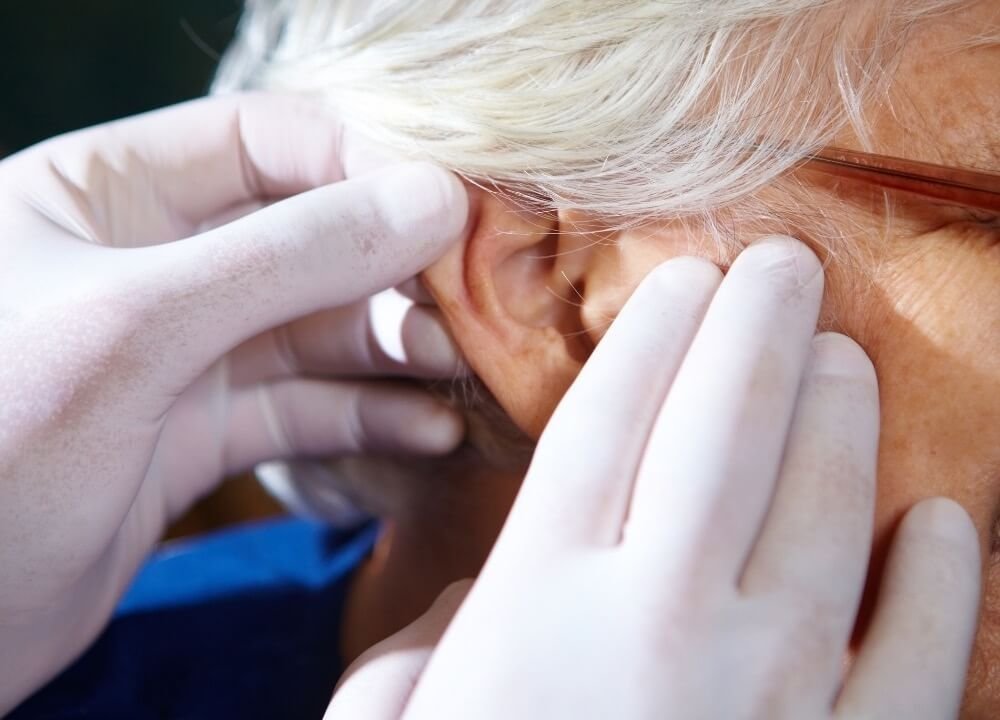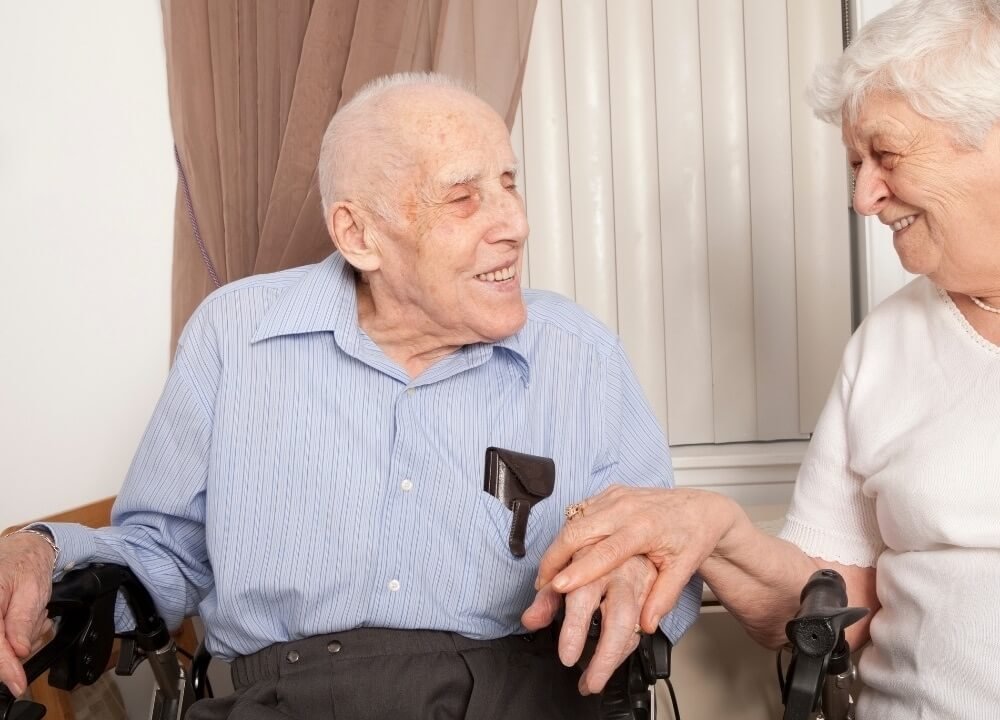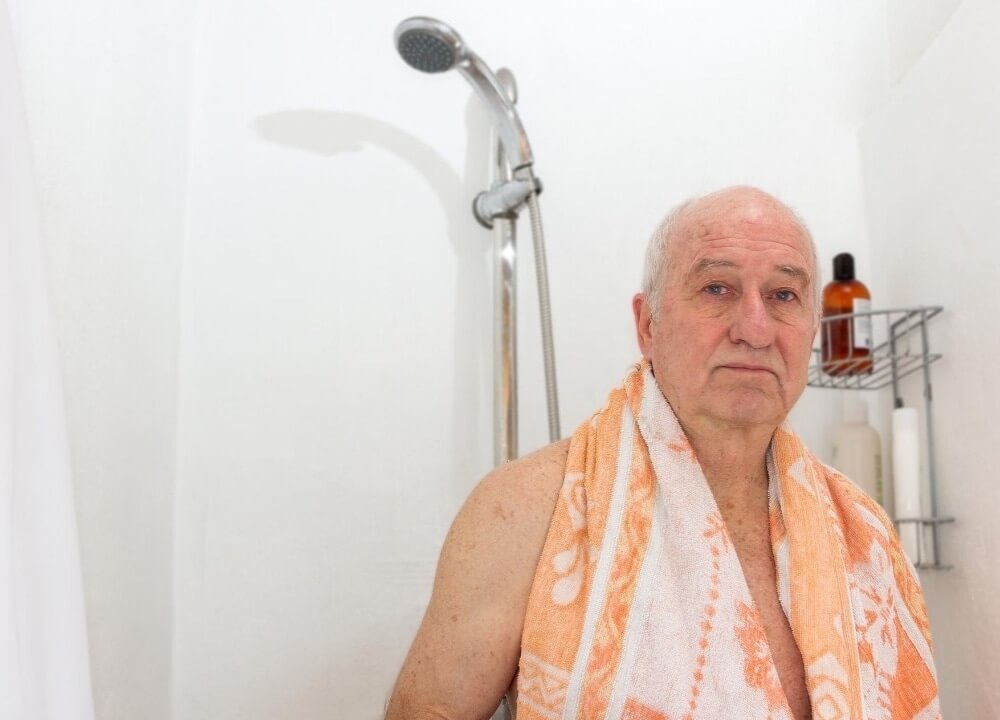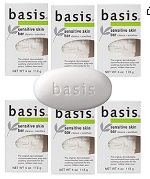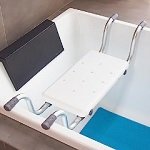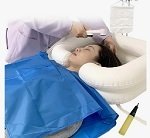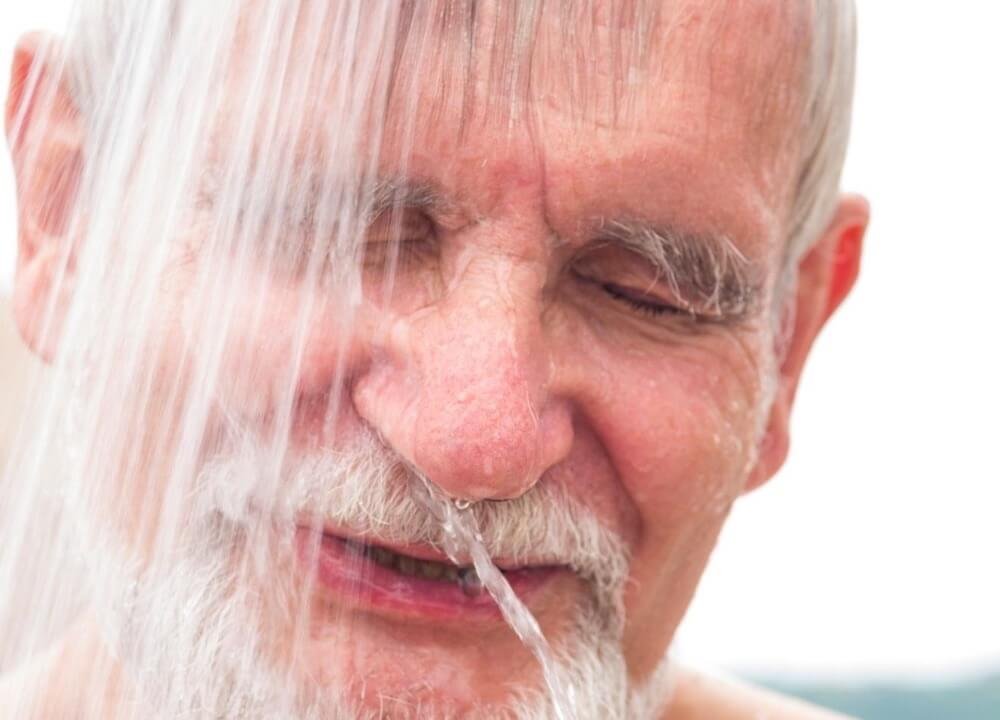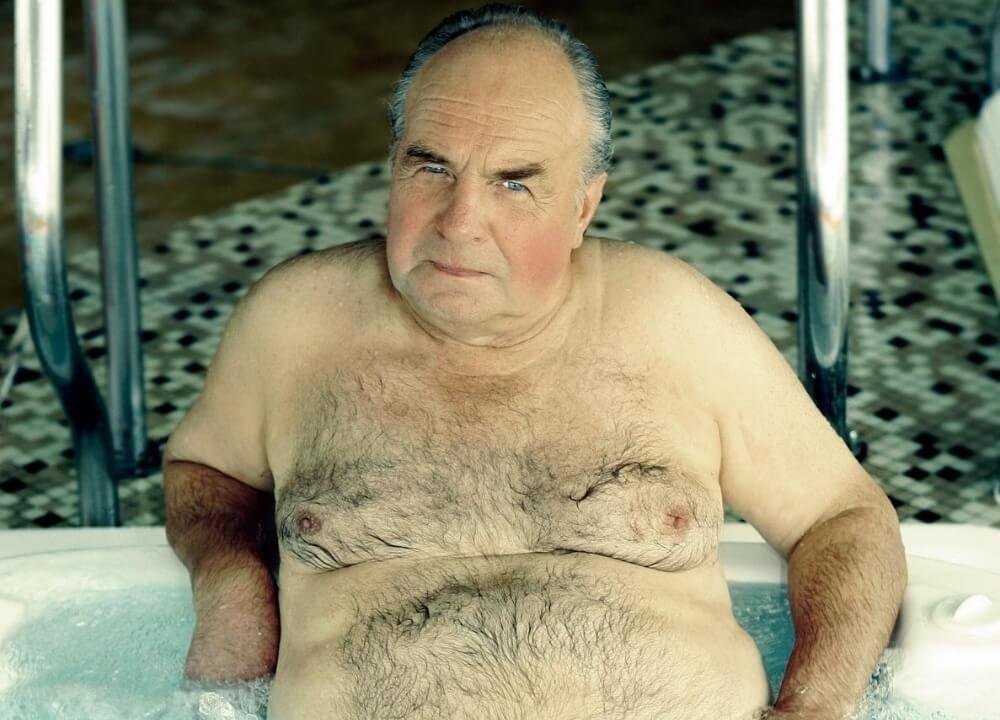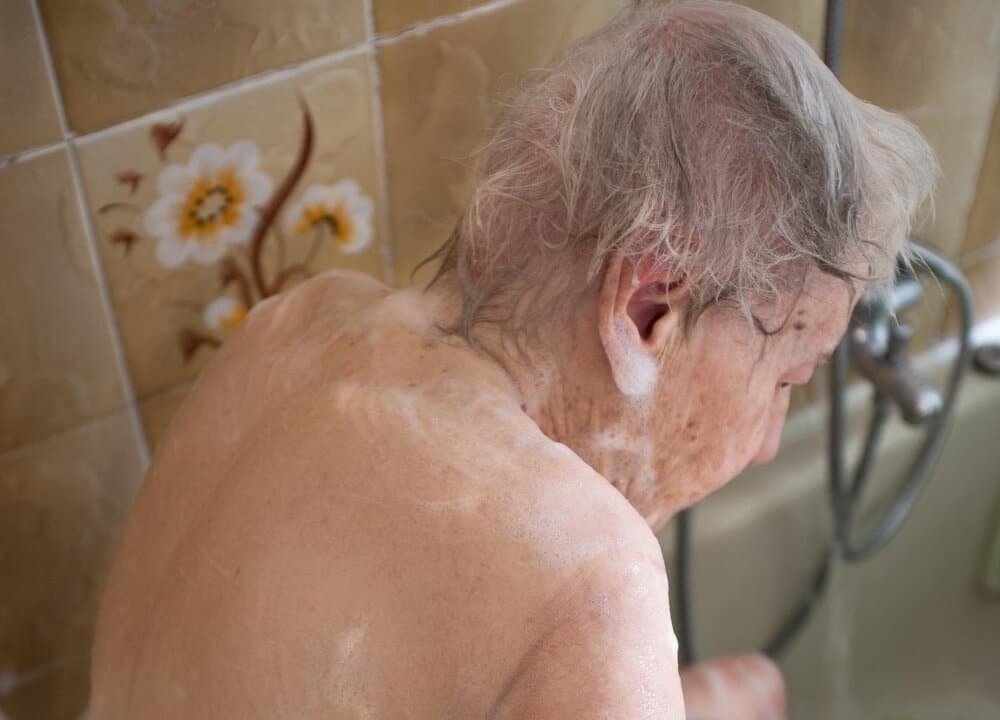By understanding the close connection between occupational therapy and dementia, you know the support a patient gets from a professional is crucial.
Dementia is a condition that develops as a result of brain damage causing impaired cognition.
To date, there is still no cure for the progressive illness. People with dementia, however, may be put under other treatments that can help deal with the symptoms of the disease.
These allow one to be as comfortable and independent as possible even when battling dementia.
One of the helpful treatment options that a person with dementia can try is occupational therapy (OT).
Benefits of Occupational Therapy for Dementia
We can describe this as a client-centered health profession discipline that deals with promoting wellbeing and health through occupation.
Occupational therapy experts approach the illness as a condition that interrupts occupational performance.
They evaluate persons who have the illness to determine their level of impairments and strength as well as the performance areas where they need help. This has proved to be helpful in several areas.
Let’s take a look at some of the benefits that people with dementia get from occupational therapy.
1. Improving Safety

Studies show that occupational therapy can help increase the safety of people who have dementia. This is one of the reasons it is important to talk about occupational therapy and dementia.
A huge percentage of people with the illness are at high risk of falling that can result in quicker decline, hospitalization, not being able to care for themselves, or having to move out of the house, etc.
Working with a qualified therapist can help to prevent this.
The professionals assess home safety and the environment where the individual with dementia spends the most time in.
This allows them to make practical recommendations about the changes that need to happen to keep the person safe.
OT therapists can also recommend the equipment that a person needs to use daily to reduce injury incidents.
The therapists can also go a step further to offer guidance on how to make day to day activities more manageable.
These may include the installation of shower bars, removal of carpets, or use of wheelchairs where necessary.
2. Offering Support and Education to Caregivers

In as much as OT experts work with people who have dementia directly, they also offer assistance to caregivers.
They do this in several ways.
One of them is by setting up routines that make the work of looking after your loved ones a little bit easier.
Effective routines are essential.
They can make sure that the individual who has dementia is eating and drinking right, taking their medication at appropriate times, and has decreasing problem behaviors.
An OT can offer guidance in areas like:
- Reducing distractions
- Availing instructions that are easy to comprehend
- The use of visual cues
- Breaking down tasks to make them simpler
The therapists play a crucial role in relieving the burden on caregivers because their job primarily involves promoting independence.
Working with the OT experts also means that caregivers are not alone.
The collaboration between the professionals and relatives of friends enables the person who has dementia to continue participating and enjoying life.
3. Promoting Social Relationships

Many people who have dementia tend to exhibit some behaviors that can put a strain on their relationships.
This is where you will find they become socially withdrawn or other people do not want to spend time with them. This can lead to loneliness which is not good for any person.
An OT professional will study the behavioral problems that are affecting social interactions and close relations.
The expert will help the individuals with the illness and their caregivers identify the trigger in a bid to offer possible solutions.
This can help deal with communication problems, frequent outbursts, and how to positively respond to underlying emotions.
Here the person who has the condition may benefit from opportunities to engage in fulfilling tasks.
It can be something as simple as fun puzzles, folding laundry or sorting objects.
4. Enhancing Recollection of Memories

Communication skills are one of the key areas that occupational therapists handle when it comes to occupational therapy and dementia.
In line with this, the professionals can also guide an individual in showing them how to use reminiscence.
It is a move that can help one remember valuable memories that can either bring joy or tears.
By remembering things in the past, the person can feel more secure, confident, and at peace.
5. Access To Other Helpful Services

There are times when an OT therapist will not have all the answers. This does not mean that they will leave the person they are looking after in a limb.
The therapists usually offer services under a larger group of health and social care teams.
It implies that they can connect a person with dementia to the right professionals who will offer the services they need. It is important to note that people can talk to therapists about any aspect of their health.
Based on this, they will be able to direct an individual to the networks and organizations that will offer help.
6. Helps to Enhance Cognitive Function

Occupational therapists can work with people who have dementia to help them improve or maintain cognitive function. Cognitive function refers to several mental abilities.
These may include decision making, learning, attention, remembering, reasoning, thinking, and problem-solving.
One of the ways that professionals can offer assistance is by taking persons with dementia through activities that stimulate cognitive skills.
This is especially useful during the first stages of the illness because it can help to delay progression and prolong independence.
7. Improve Balance and Strength

The experts can also help with the restoration of physical skills which can include a range of motion, endurance, and strength.
This is where exercise comes into play when discussing occupational therapy and dementia.
OT professionals can pick the right type of exercises that a person with dementia can comfortably engage in depending on their ability.
This may result in improving the person’s strength and balance so that they can enjoy life more.
8. Assist In Maintaining a Healthy Lifestyle

Occupational therapists go beyond assisting persons who have dementia stay active. They also offer a hand in regards to maintain a daily lifestyle.
This is where the professionals help the persons to perform various functional activities that are vital to their lifestyles.
These include things that give the person under their care purpose in life or enjoyment.
The therapists play a huge role in ensuring that persons with dementia function to the best of their abilities.
This is whether they are out playing golf, gardening, playing with grandchildren, group activities, or performing tasks in the office.
9. Assist with De-stressing

OT also comes in to enhance the emotional well-being of a person who is suffering from the disease.
Many people who have dementia will become depressed because their functionality becomes limited in one way or another.
The professionals do their best to offer positive emotional support.
They will identify the things that make the person with dementia happy and the tasks they can complete without too many complications.
This can help an individual focus on the things that they can do.
Additionally, the experts can incorporate relaxation techniques and exercises in a person’s daily routine.
This has been known to reduce stress or anxiety as the seniors are able to regain some sense of independence and self-esteem something great for their mental health.
10. Help with Major Life Transitions

The topic of occupational therapy and dementia is quite vast and important for people who have the illness as well as their caregivers.
As aforementioned, dementia is a progressive disease. This means that as months or years go by, people with the illness may have to make some drastic changes in their lives.
These may including having to retire from work or even move from their home into an appropriate senior residence.
Naturally, most people will not have an easy time dealing with these changes.
Occupational therapists have the skill-set required to guide persons through these life transitions to make them as smooth as possible.
11. Helps to Keep other Diseases at Bay

When a person with dementia is going through occupational therapy, they lower the risk of getting other diseases.
For instance, the experts can offer advice on relevant modifications that need to happen around the workplace or at home.
These can help the elderly tackle illness like arthritis so that they can continue to perform tasks normally for the longest possible time.
If a person already has arthritis, the therapist can help them use their hands differently to reduce pain. The professionals can also guide on the best resting positions to increase comfort.
12. Assist with Vision Loss
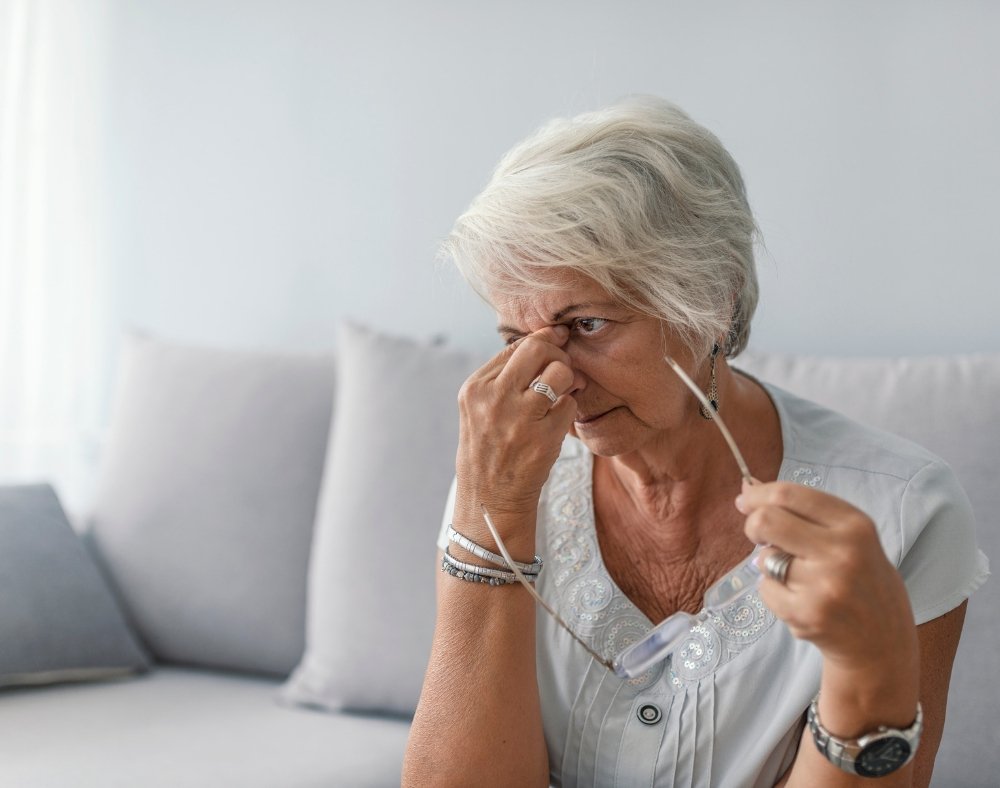
It is also important to talk about vision loss when talking about occupational therapy and dementia.
If a person who has dementia is also suffering from vision loss issues like glaucoma, occupational therapists can work with them to promote visual awareness.
This is through helpful activities that help in reinforcing perceptual skills. The professionals may also suggest some changes at home that can help with the situation.
These may include more contrast and lighting, color-coded ID tags, and the use of equipment like magnifiers. Therapists can also suggest the removal of items that can post as tripping hazards.


